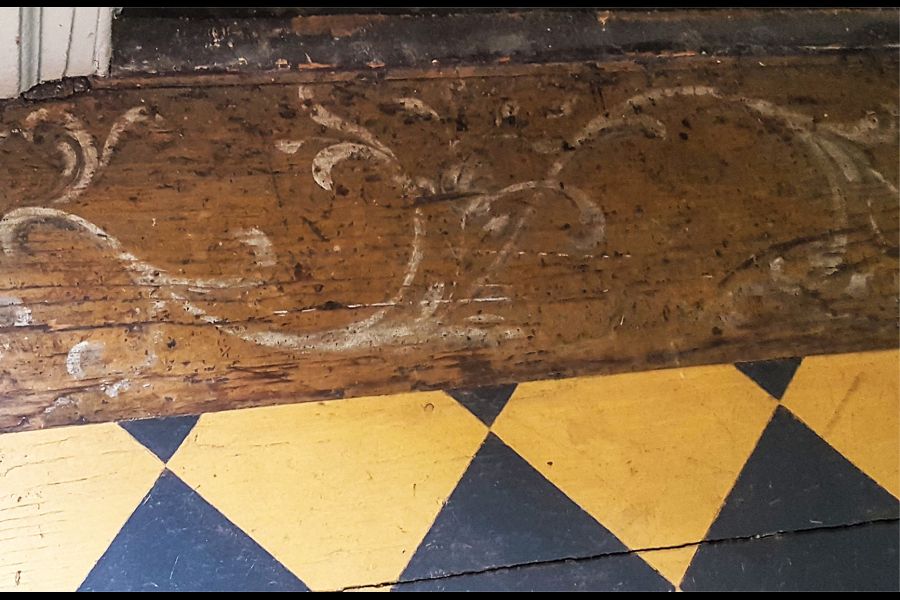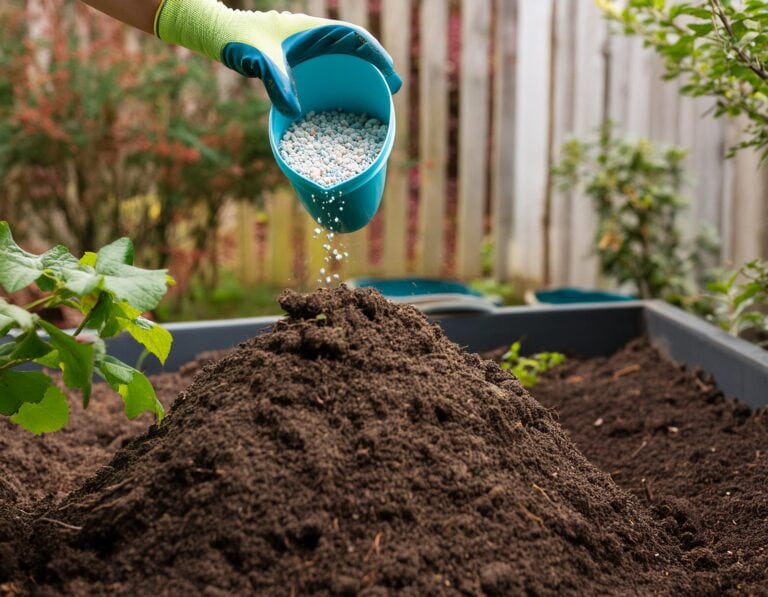Like many things, as taste, style and availability changed, flooring has undergone many iterations in form and type over the last couple of hundred years.
These days I am continually reminded of that fact as I tread upon the 200-year-old pine plank floors of our Centre Street project. Pine is a softwood which, even given the much harder characteristics of old growth timber, tends to show the dings and marks bequeathed by everyday use. So why would our illustrious ancestors, when surrounded by oak savannah, choose pine?
Well, pine was easy to work and the wide, straight and very long boards went down fast. (Many of the planks in Centre Street span the entire 30-foot-plus distance between the front and back walls.)
Further, the oldtimers knew that as decades of foot traffic compressed pine’s wood grain, it would become durable enough to out-last generations. Lastly, flooring was considered utilitarian; not a fashion statement.
Thus, it was common in the early years of Niagara to leave floors unfinished to stain and grey naturally. And, if one was inclined to do anything with a floor, the usual address was to paint them in either a solid colour or a geometric pattern design. A pattern painted canvas floor cloth to cover them was also an option.
It wasn’t until the old growth forests had largely been cut down in the latter half of the 19th century and the availability of cheap pine declined that this attitude changed. As is typical, both then and now, when the cost of something escalates it often becomes a status statement.
To answer the increased focus on flooring, while still keeping it cost-palatable, the Victorian solution was narrow 3/8-inch-thick hardwood strips laid over an inexpensive spruce sub-floor. This hardwood (typically oak) would be finished with light-reflective varnish to draw attention to the fact the homeowner could afford the fine finish quality and, for an extra cost, contrasting dark stained inlay could really set off your fashion statement.
While oriental carpets and their ilk enjoyed periodic favour, the narrow strip oak hardwood dominated the flooring market until the mid-20th century introduction of wall-to-wall broadloom. Combining both a low cost installation for housing developers and low-maintenance up-keep (compared to the required wax and polish of hardwood) for homeowners, broadloom ruled the day until factory-made prefinished hardwood was introduced in the late 20th century. That once again made wood “the” choice in flooring.










